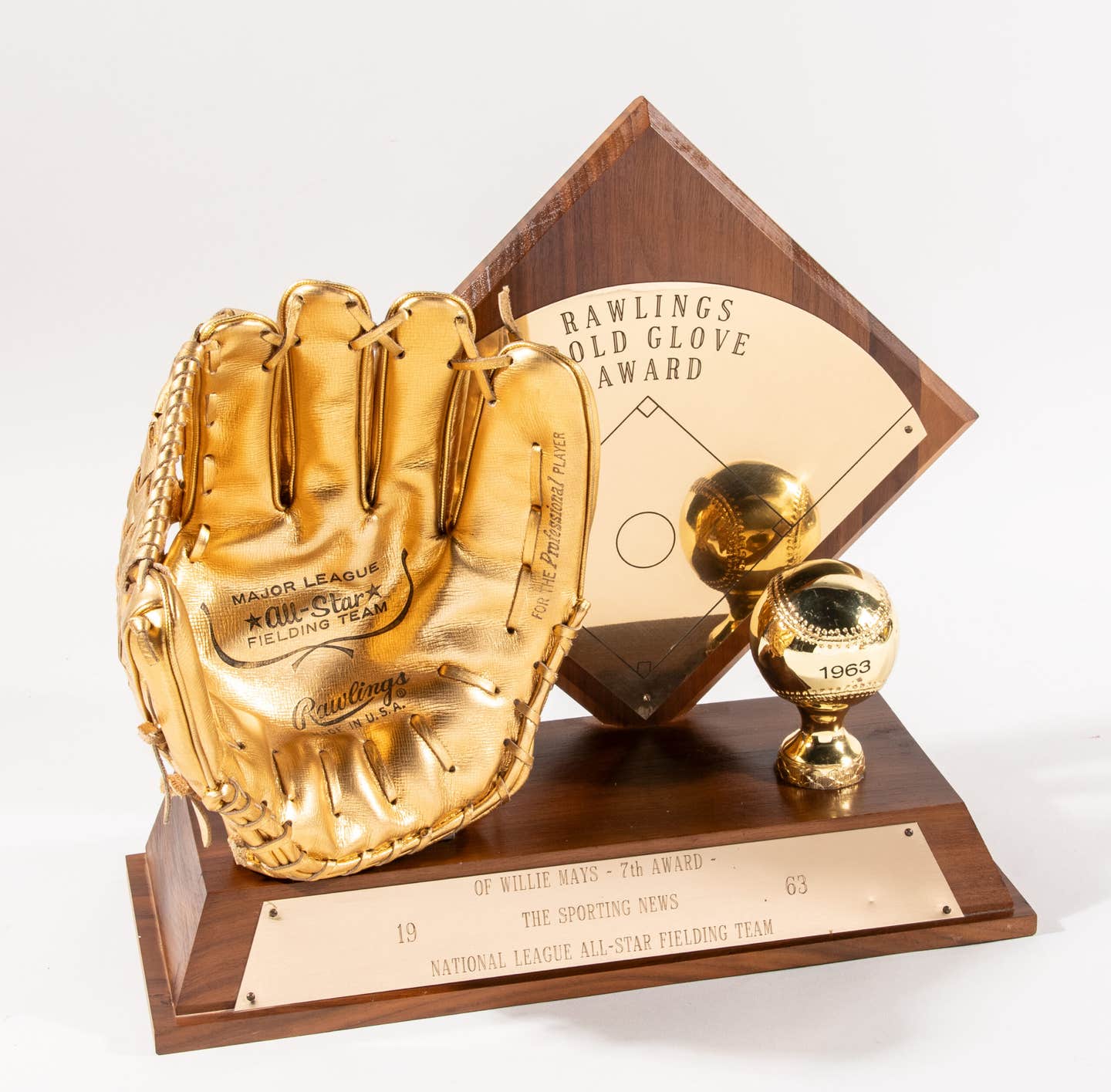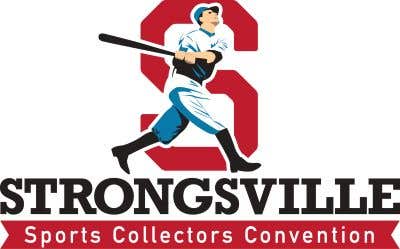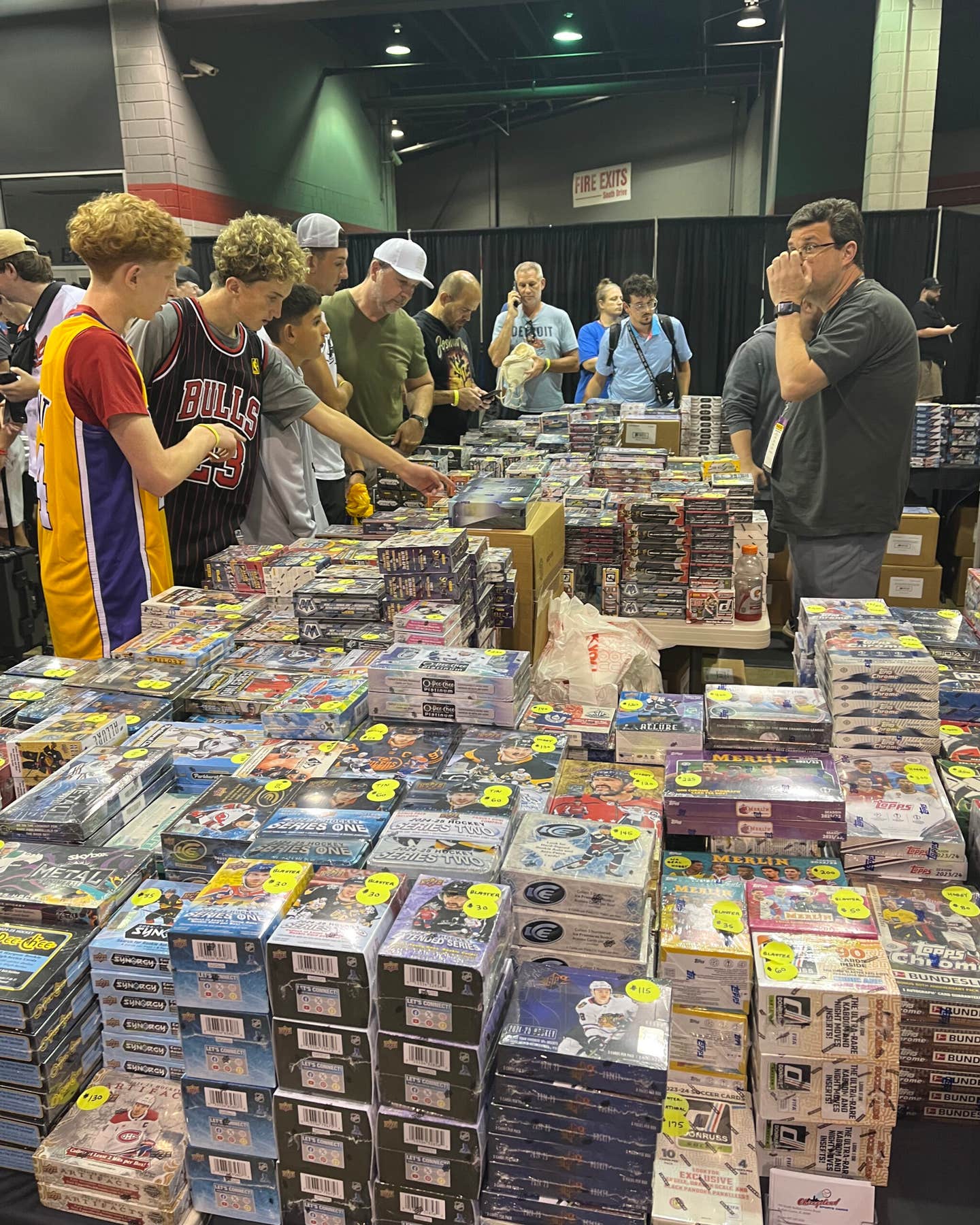News
‘Bad Bill’: A Card History of Bill Dahlen
By John McMurray
In recent years, collectors have shown a heightened interest in the cards of Bill Dahlen, who remains a strong candidate for the Hall of Fame.
Dahlen, a tempestuous figure who was one of the most dynamic shortstops of his day, was one of 10 retired players who completed their careers prior to 1947 who were considered for election by a special panel which convened in Cooperstown in 2012. Though Dahlen was not elected then, he may be in future year. Dahlen’s many merits as a player invite consideration of his vintage cards.
Dahlen (pronounced DAY-len, according to his biographer, Lyle Spatz) is a difficult candidate to consider. Since he played from 1891-1911, no one living has seen him play. Although he was generally considered to be a defensive standout relative to his contemporaries, his defensive statistics cannot measure up to players of today, as Dahlen was hindered by the meager gloves and comparatively poor field conditions of his time. That he committed nearly 1,000 errors in his career – including a staggering 86 errors in 1895 alone – can be quite misleading, considering Dahlen’s exceptional range.
In his 2004 biography of Dahlen, titled Bad Bill Dahlen: The Rollicking Life and Times of an Early Baseball Star (McFarland), which remains the definitive account of the player’s life, Spatz argues that for some time Dahlen has been the best player not in the Hall of Fame. Spatz frequently cites Dahlen’s lofty offensive production – rare for a shortstop at that time – and defensive prowess as reasons why Dahlen deserves the honor (pages 1, 206-208).
Indeed, Dahlen may be a victim of having played too early. Other than Cy Young, there are few players in the public consciousness today who played at least half of their careers prior to 1900. Dahlen’s 42-game hitting streak in 1894 has become a historical footnote, as have his two seasons of batting more than .350, perhaps because it is difficult to compare baseball from that time to the modern game. Known primarily for his years with Chicago and Brooklyn in the National League, Dahlen also merits recognition for his defensive contributions to the 1905 World Series champion New York Giants, one of the best teams of the Deadball Era.
Dahlen could have his contradictions. As Spatz notes, Dahlen could appear “lazy and inattentive in practice.” Yet, an article in the 1902 issue of Sporting Life cited by Spatz, recounted that once a game began, Dahlen would become “as near perfection as a player can get.” (p. 113) Hughie Jennings, a star player himself, cited Dahlen’s lackadaisical practice habits and commented that “If Dahlen had devoted his entire career to baseball, he’d have been the greatest infielder of all time.” (p. 207)
Just as notably, Dahlen’s bellicose behavior, including participation in a wide array of scrapes, arguments and brawls, hinders his Hall of Fame candidacy and raises the question of why those who saw Dahlen play did not come close to electing him to the Hall of Fame when they had the chance. In one instance, Dahlen threw a bat at Heinie Pietz, who was catching for St. Louis (p. 27). A 1912 fracas with umpire Cy Rigler during a game against the New York Giants is illustrative:
“[Art] Wilson [currently at-bat] had barely begun to move when an enraged Dahlen [who was then Brooklyn’s manager] was at home plate screaming in Rigler’s face that the ball had landed foul. He was yelling and waving his arms about, when Rigler, who later said that he thought Dahlen was getting ready to hit him, struck first. He smashed the Brooklyn manager full in the face, the punch landing under Dahlen’s left eye. Dahlen retaliated with a punch of his own, and, before Wilson had reached second base the two were at home plate exchanging blows.” (p. 188)
These altercations notwithstanding, Bill James noted in his 1995 book What Ever Happened to the Hall of Fame?: Baseball, Cooperstown, and the Politics of Glory (Free Press) that contemporary rankings from Total Baseball indicated that “Bill Dahlen is the best player who is not in the Hall of Fame … but [George] Davis is as close behind him as McDonald’s next hamburger.” (p. 194) Davis, whose career overlapped in part with that of Dahlen’s, has since been elected to the Hall of Fame, suggesting, perhaps, that Dahlen’s time may soon come also.
Dahlen’s profile has been raised partially by the release of some newer cards, including a 1990 card issued by Target, as well as his appearance in the E145 Helmar set (card #20, released in 2011). Dahlen makes several prominent appearances on vintage cards, as highlighted below.
1895 Mayo Cut Plug: This N300 is Dahlen’s rookie card. Some surprisingly well-preserved examples exist of this blank-back card, which shows Dahlen in formal attire. It is also Dahlen’s most expensive card and the most challenging of his mainstream cards to locate.
T202: In the so-called Triplefolders set, Dahlen’s most notable card includes the “Wheat Strikes Out” center panel along with an end card also of Zack Wheat. In my view, this card is one of the most desirable T202s available, potentially on a par with those cards which have two Hall of Famers as end cards (such as cards including Home Run Baker/Eddie Collins, Frank Chance/Johnny Evers and Bresnahan/McGraw as end cards, respectively). If Dahlen is one day elected to the Hall of Fame, all three sections of this card would include Hall of Famers.
A less-expensive T202 card with Dahlen includes the “Hartzell Covering Third” center panel along with W.D. Scanlan as the other end card. Though not in the same demand as the Dahlen/Wheat combination, this card is particularly colorful and reasonably easy to find in good condition.
T205: The T205 card of Dahlen, which includes the same pose as he has in the T202 set, has become increasingly popular with collectors in recent years. It certainly is one of the sharpest cards in the T205 set. Issued as Dahlen was making the transition from player to manager, it notes on the reverse: “If he does as well as a manager as he did as a player, he will get his team into the first division.”
T206: Dahlen has two variations of his T206 card: The relatively easy-to-find version in a Boston uniform (with the words “Boston Nat’l” on the front), and the significantly more difficult version in a Brooklyn uniform. Surely one is modeled on the other. As Dahlen finished his career with Boston in 1909 and went on to become Brooklyn’s manager in 1910, the latter card was issued to mark Dahlen’s move. The Brooklyn version has commanded high prices lately, typically exceeding $1,000 in top shape.
T3 Turkey Red: A difficult card to find in better condition, Dahlen’s T3 Turkey Red is one of the few picturing the shortstop in any kind of action pose. Usually priced at well over $500, this cabinet size card can be more difficult to locate than many other Dahlen cards. At the same time, it likely is his most memorable pose on a card.
E-cards: Dahlen appears on four E-cards: E98, E107 (1903 Breisch Williams), E254 (1909-11 Colgan’s Chips), and E286 (1910 Ju Ju Drums cards). Dahlen’s green background E98 card drew some attention when a PSA 7 version of it came out of the famous Black Swamp Find. Versions with red, blue and orange backgrounds also exist. His E107 card includes a blank back and is another of the former shortstop in formal attire.
Dahlen’s Ju Ju Drums card comes from a rare and obscure issue which bears a resemblance to the Colgan’s Chips set. In the Colgan’s Chips issue, Dahlen’s portrait faces to the left, while it faces to the right in the Ju Ju Drums set. Of course, the distinctive backs make it otherwise easy to tell the two sets apart.
Miscellanea: Dahlen appears on a 1910-12 Sweet Caporal Domino Disc; a 1912 Sweet Caporal pin; a 1914 Piedmont stamp; an M116 Sporting Life card (which bears a resemblance to his T206 portrait); a 1911 S74 silk, which uses the same portrait as in the T202 and T205 sets; a 1906 WG2 Fan Craze game card; and a WG5 National Game game card issued in 1913. Even though most of these items are not particularly scarce, none of them is routinely seen for sale in any quantity.
Of course, while Dahlen’s cards are popular now in light of his possible election to the Hall of Fame, it is important to keep things in perspective. If elected, Dahlen’s popularity will surely spike and then settle down, similar to the short-term positive reception which long-ago third baseman Deacon White and pitcher Vic Willis received when elected to the Hall of Fame in recent years. At the same time, Dahlen would then have the cachet of being a Hall of Famer, which would broaden his name recognition considerably.
Dahlen’s offensive statistics compare favorably to those of several other Hall of Fame shortstops, including Bobby Wallace and Ozzie Smith. Whether the antagonistic on-field attitude that earned him the nickname “Bad Bill” is enough to keep him out of the Hall of Fame is a consideration for the voters. The relatively few cards on which Dahlen appears are, for the most part, affordable and include several very attractive cards from some popular vintage sets. If you haven’t looked at them, it would be an opportune time to do so.
John McMurray writes a column on vintage baseball cards for SCD. In addition, he chairs the Deadball Era Committee for the Society for American Baseball Research, which is dedicated to baseball from 1901 through 1919. He can be reached at jmcmurray04@yahoo.com.








